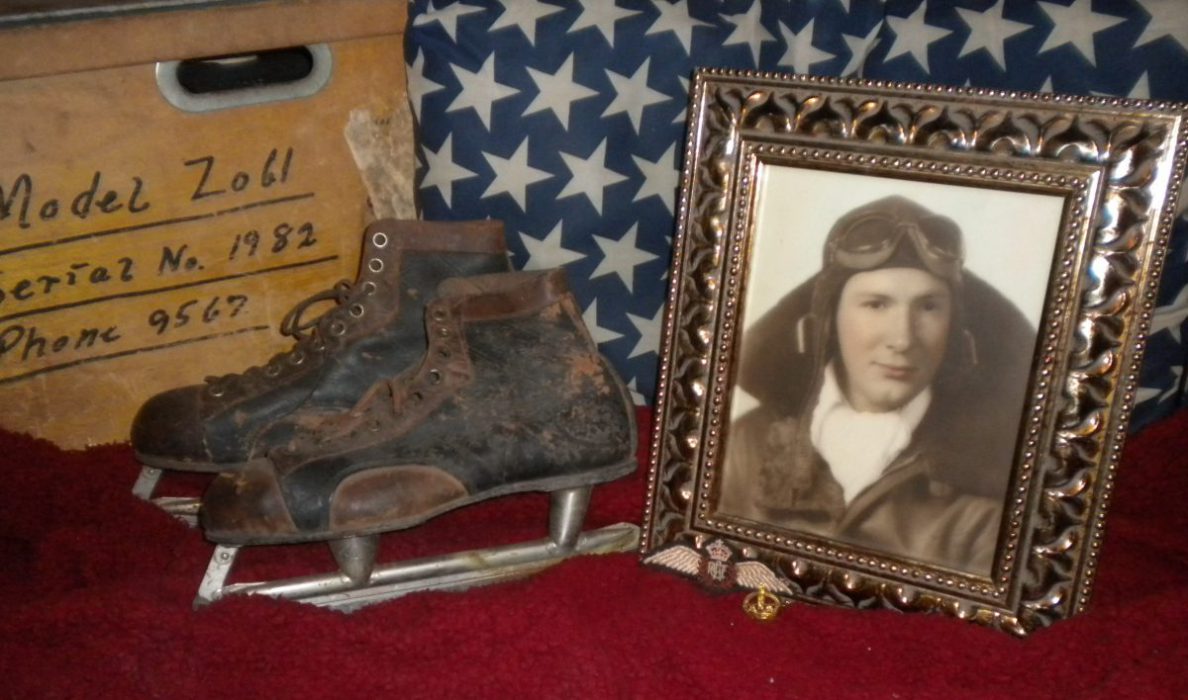Gifts come in diverse places and forms. They can be large or small. They can have life-altering consequences or maybe provide a temporary lightness of heart.
An unassuming, easily overlooked gift arrived in my life a couple weeks ago. I was at the library hurriedly searching for a new story, scanning some of the authors a good friend of mine had suggested but nothing was piquing my interest. I said a quick prayer– yes, I prayed for Jesus to help me find a good book. He cares about all our concerns even those as seemingly insignificant as checking out a book at the library. Finally, I decided to look for another of my friend’s suggestions: Dear Mr. Knightley.
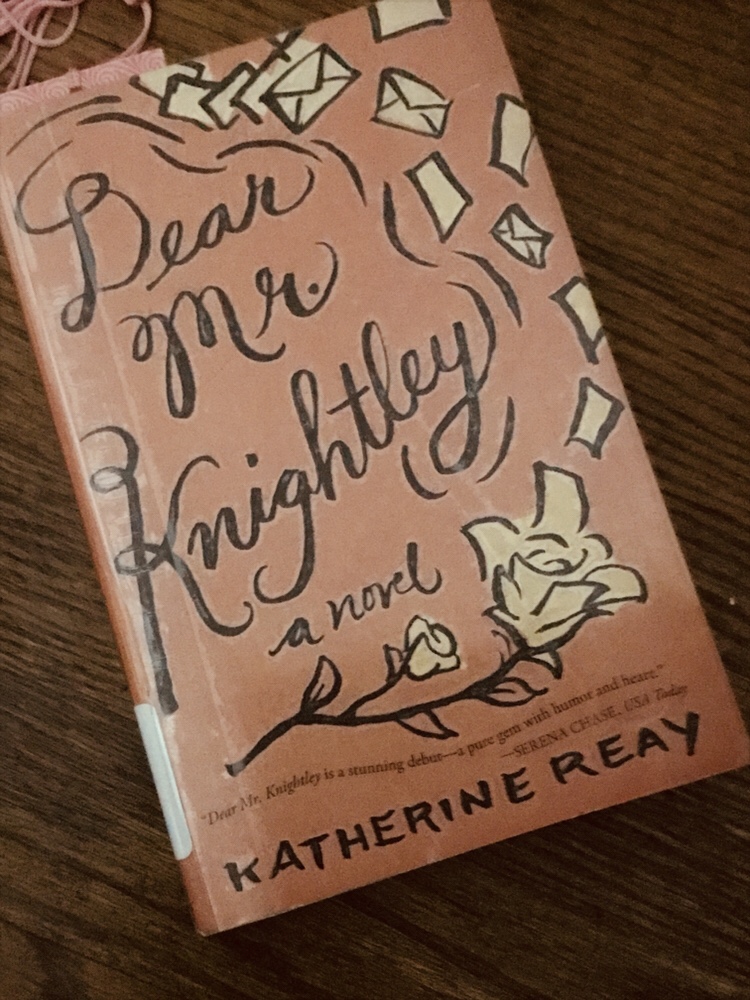
I went over to one of the search computers, typed in the title and, lo and behold, Dear Mr. Knightley was available at that library branch, no request necessary. Thank You, Jesus!
Oh my gosh! I devoured that book. It felt like finding a new friend. And I am now currently re-reading it. 🤓
Though a bit of my initial enthusiasm has waned on a second reading, it’s a book I will likely re-read again in the future.
Dear Mr. Knightley is a well-written, engaging Christian romance/fiction. The characters have some depth and dimension to them and have believable development and growth. Moreover, if the title didn’t give you a clue, this novel is brimming with references to classic English literature (Mr. Knightley is the hero in Jane Austen’s Emma).
Don’t be wary of its Christian classification. It does not brow beat you or preach at you. Rather, it’s through the faith, goodness, and love of some of the characters that the heroine begins to believe in God’s love for her.
Written by Katherine Reay, it is a re-telling of the 1912 story, Daddy-Long-legs by Jean Webster (which is now on my to-read list, haha.)
Samantha Moore, the main character, has had a difficult childhood – abusive parents, in and out of foster homes. She’s now in her early twenties and endeavoring to find her place in the world and to take ownership of her life.
She loves reading and writing (to borrow a phrase from Anne of Green Gables: I think she’s a kindred spirit!) and is attending graduate school for journalism through the financial support of her anonymous benefactor, the mysterious Mr. Knightley. The only condition for the arrangement is that she must write him letters describing her life and her progress in school. Hence, the book’s narrative takes the form of letters penned by Samantha to the mysterious Mr. Knightley.
Reay writes in the afterword that this is a story about forgiveness. Which is true. Samantha states decidedly at the beginning of the story that she does not forgive. However, by the conclusion, she is faced with a life-altering opportunity to forgive, and the painful growth she has undergone may enable her to assent to doing so.
Another motif of the novel is “unwarranted and undeserved” grace, as Samantha’s mentor Father John describes, and the choices we make to accept or reject that grace.
Samantha must accept and acknowledge the wrongs committed against her as well as her own sins and shortcomings and consciously strive to do better. She must give and receive second chances.
Then, of course, there is Samantha’s love life. This brings me to another element of the story: the various types of love.
True, constant love of any variety is something basically foreign to Samantha. She always has used her affinity for literature and its characters as a means to hide and to hold people at arm’s length, actually quoting stories to evade revealing her own thoughts and feelings.
Now, as she begins to blaze a path forward, she must learn to offer and accept love in a healthy way and in a variety of scenarios: to parent/mentor figures, to friends, and to potential romantic love interests.
One of my favorite relationships in the book is between Samantha and Kyle, a teenage foster kid for whom Samantha plays the role of mentor. Yet this mentorship blossoms into a true friendship, and Kyle is the catalyst for an event that brings major healing both to him and to Samantha.
The primary love story, which I won’t spoil, involves a handsome young novelist and is refreshingly clean in this “too-much-information” culture in which we dwell. It has its fairy tale elements, but it also has a lot of reality as two struggling, striving people find friendship and eventually love.
Samantha is relatable to me in many ways. From her physical description (tall brunette), to her proclivity for reading and writing, to her feeling of disorientation and being behind the curve in some areas of life. Our childhoods were not remotely similar, but there is much in Samantha that I think many twenty-somethings can find appealing.
Another perk to this book is the rich reference made to classic literature. It has re-awakened my interest in reading some stories which I haven’t picked up in a long time and in delving into some new ones as well (like Elizabeth Gaskell’s North and South).
Of course, after reading Dear Mr. Knightley, I wanted to read more of Reay’s work. Accordingly, I checked out The Bronte Plot, also filled with literary references, coming of age, and finding forgiveness. I definitely plan to read more.
As I said at the opening, gifts come in surprising packages sometimes. And though I am always truly grateful for books and stories, finding this new golden nugget felt like a God-wink, a little gift that popped up just when I needed it.
If you’re looking for a breezy summer read that also has heart, I hope you pick it up and enjoy!
Happy Reading!📖☺️


















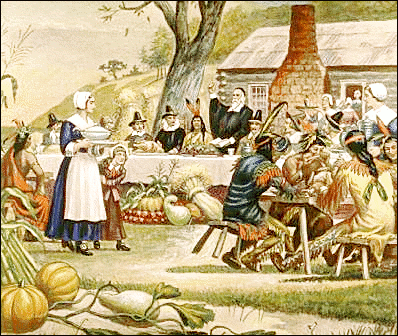

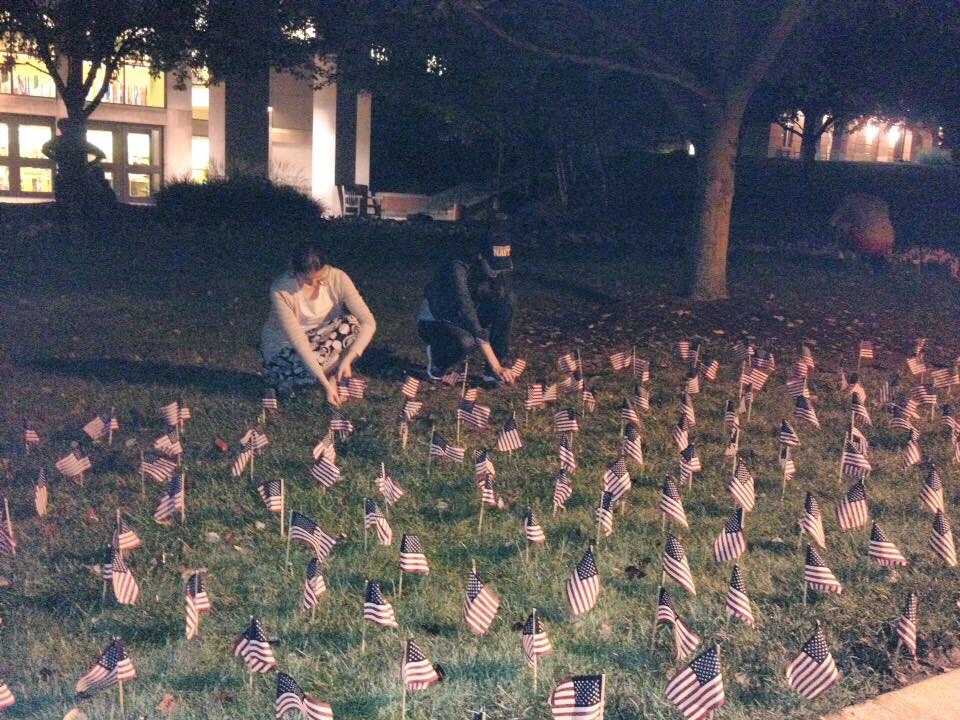






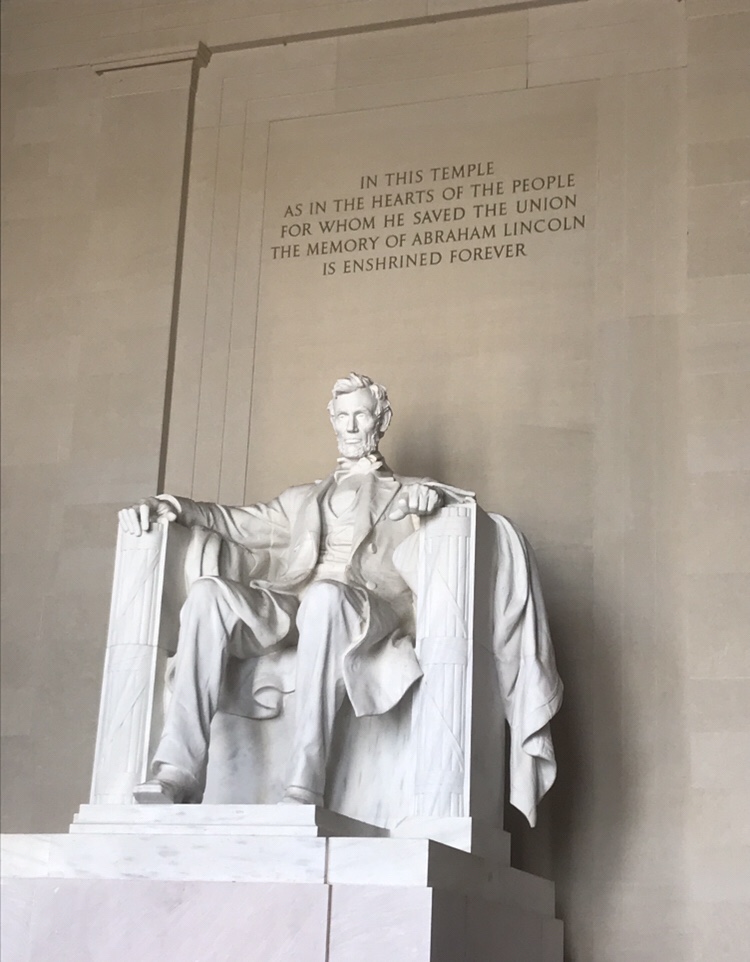






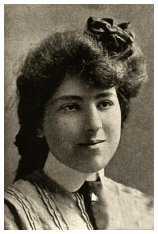






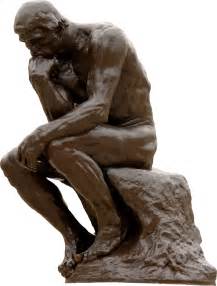

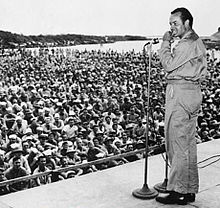



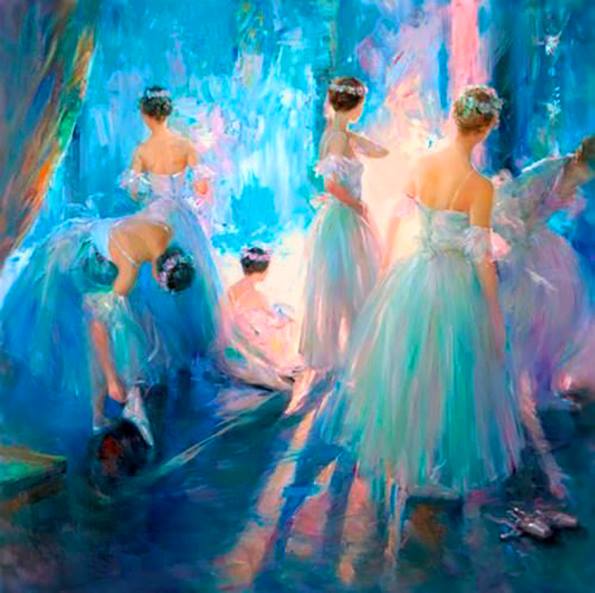



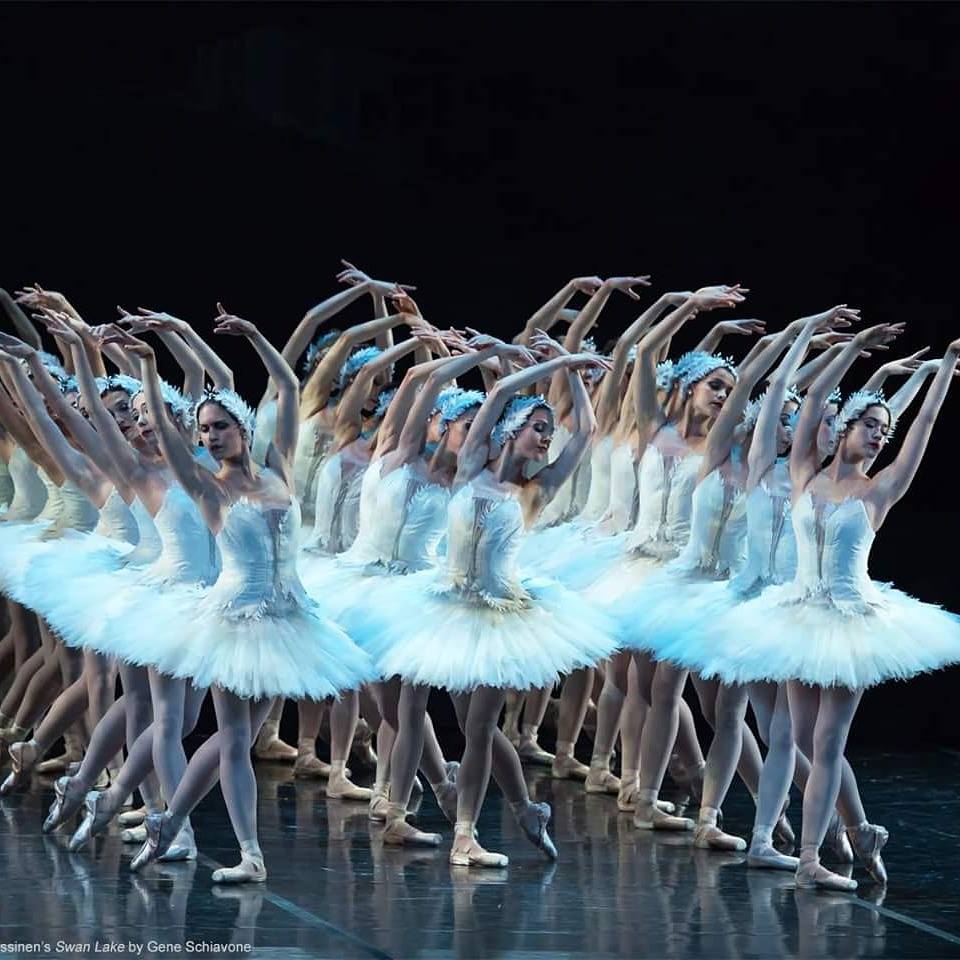
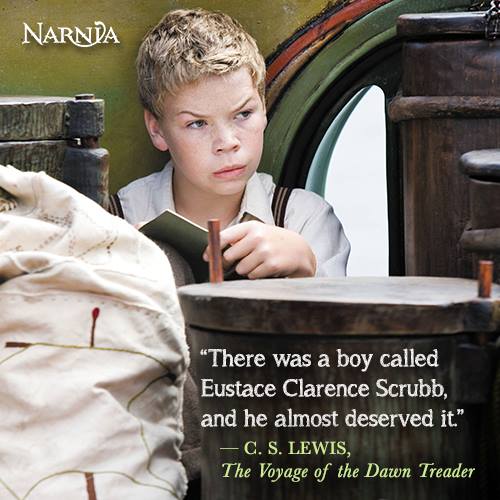





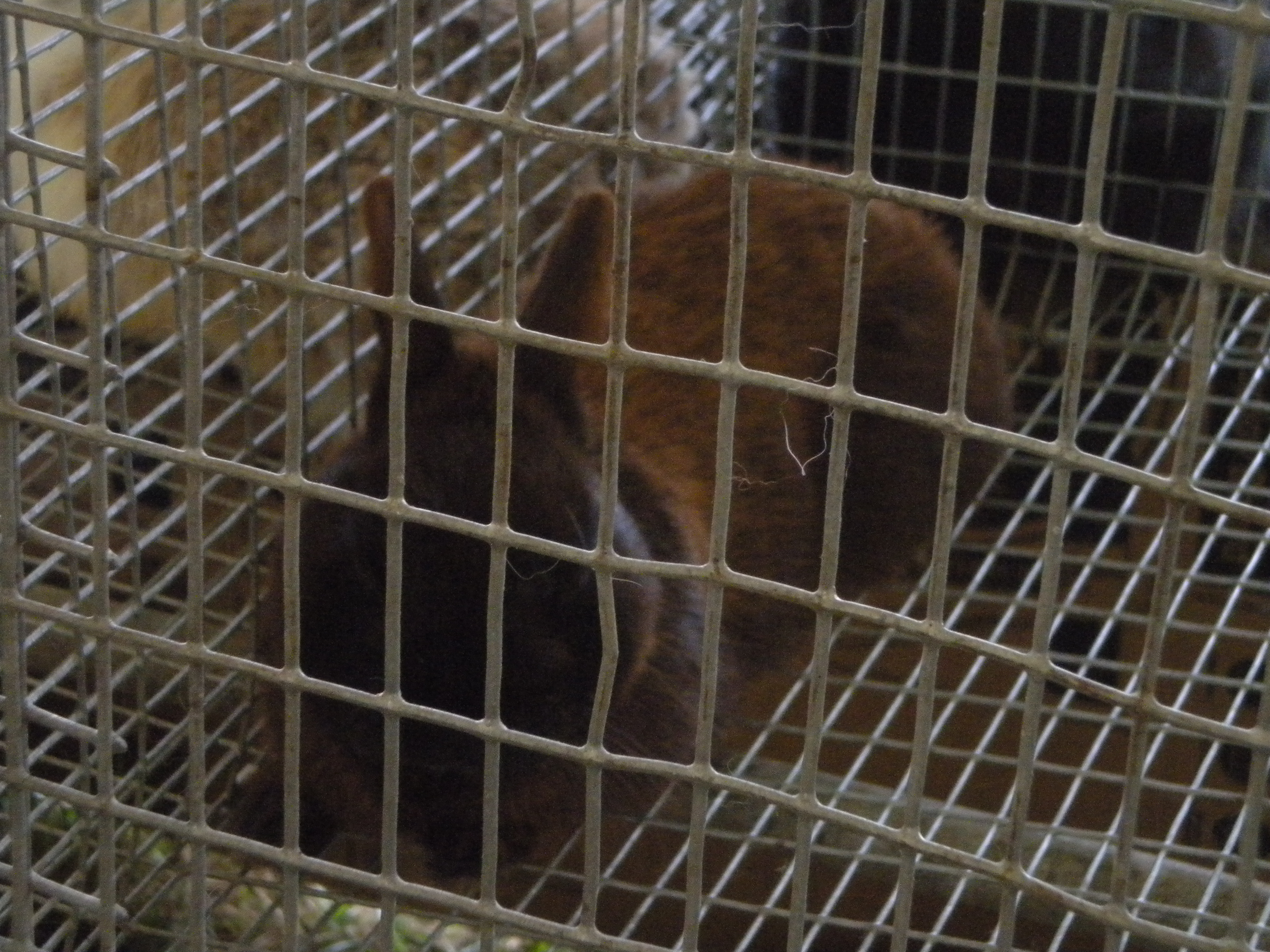




 In the 1947 Christmas film The Bishop’s Wife (which I highly recommend if you haven’t seen it), one of the characters, a college professor, suggests that the holidays are a good time for looking backward. Nostalgia and memories certainly seem to be an integral part of this season. Emotions, both joyful and painful, can flood one’s heart and mind alongside these memories. Images of lost loved ones, remembrances of past friendships, family traditions, funny stories, and everything in between.
In the 1947 Christmas film The Bishop’s Wife (which I highly recommend if you haven’t seen it), one of the characters, a college professor, suggests that the holidays are a good time for looking backward. Nostalgia and memories certainly seem to be an integral part of this season. Emotions, both joyful and painful, can flood one’s heart and mind alongside these memories. Images of lost loved ones, remembrances of past friendships, family traditions, funny stories, and everything in between.


